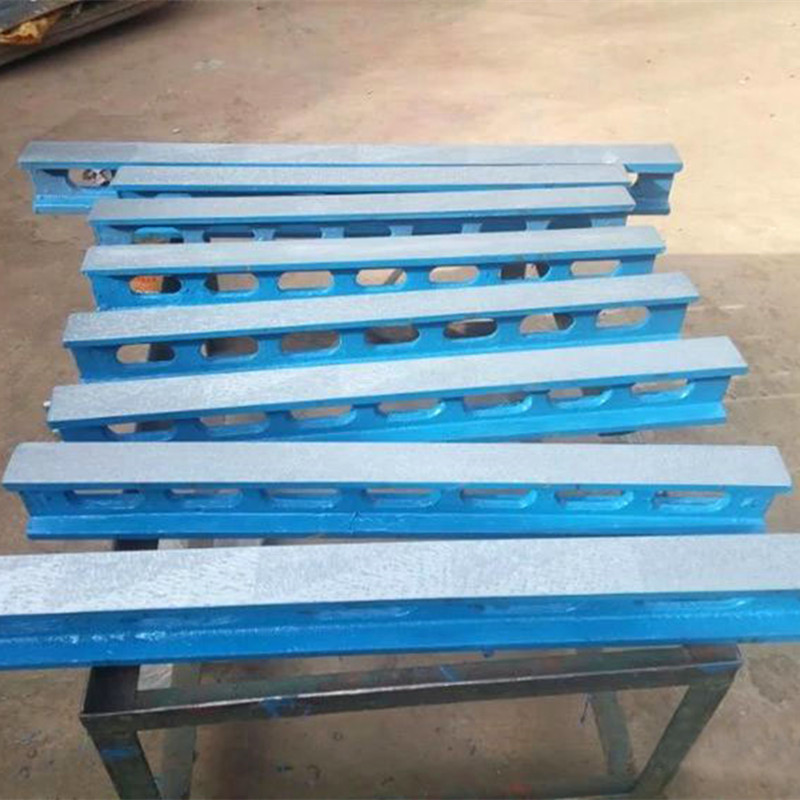Lis . 09, 2024 06:21 Back to list
Guide to Properly Installing a Check Valve for Optimal Performance
Installing a Check Valve A Comprehensive Guide
A check valve, also known as a non-return valve, is an essential component in various fluid systems. Its primary function is to prevent the backflow of liquids or gases, ensuring that the flow direction remains consistent and preventing potential damage to the system. Whether you are working on plumbing, HVAC, or industrial applications, knowing how to install a check valve correctly is crucial. This article will guide you through the process, providing valuable insights and tips to ensure a successful installation.
Understanding Check Valves
Before delving into the installation process, it is important to understand the different types of check valves available. The most common types include ball check valves, flap check valves, and spring check valves. Each type has its unique mechanisms for regulating flow but serves the same primary purpose. Selecting the appropriate check valve for your specific application is crucial for efficiency and reliability.
Tools and Materials Needed
To install a check valve, you will need several tools and materials. These include
1. Check Valve Choose a valve that is compatible with the fluid you are working with and appropriately sized for your piping system. 2. Pipe Wrench For securing the valve to the pipeline. 3. Thread Sealant or Tape To prevent leaks at the joints. 4. Screwdriver For securing any screws if applicable. 5. Hacksaw or Pipe Cutter If you need to shorten pipes to fit the valve. 6. Measuring Tape To ensure correct alignment and spacing. 7. Safety Gear Like gloves and goggles to protect yourself during installation.
Steps for Installation
Now that you have gathered all the necessary tools and materials, follow these steps to install your check valve
1. Shut Off the System Before starting any installation, ensure that the fluid system is completely shut off. This will prevent any accidents and ensure your safety during the installation process.
2. Drain the Pipes If there is any fluid in the pipes, it is advisable to drain them before proceeding. This will help to avoid spills and ensure a clean installation.
installing a check valve

3. Determine Installation Location Identify the correct location for the check valve. Check valves are usually installed in a vertical position, but some can function horizontally. Make sure to consult the manufacturer's guidelines for proper installation orientation.
4. Cut the Pipe (if necessary) If the existing pipes are too long, use a hacksaw or pipe cutter to cut them to the appropriate length so that the check valve can fit snugly within the system.
5. Clean the Pipe Ends Before attaching the check valve, clean the ends of the pipes thoroughly. Remove any debris, rust, or old sealant to ensure a proper seal.
6. Apply Thread Sealant If you are working with threaded connections, apply thread sealant or tape to the male threads of the pipes. This will help to prevent leaks.
7. Attach the Check Valve Position the check valve in the desired location, ensuring the flow direction marked on the valve aligns with the system’s flow. Secure the valve in place, either by screwing it into the threaded pipes or using flanges, depending on the type of connection.
8. Tighten Connections Use the pipe wrench to tighten all connections securely. Be careful not to overtighten, as this can damage the valve or fittings.
9. Check for Leaks Once the valve is installed, turn the fluid system back on slowly and check for any leaks around the joints. If leaks are detected, tighten the connections as necessary.
10. Test the System After ensuring there are no leaks, perform a test run of the system to confirm that the check valve is operating correctly. Observe the flow direction and ensure that it is functioning as intended.
Conclusion
Installing a check valve is a straightforward process that can significantly enhance the efficiency and reliability of your fluid system. By following the steps outlined in this guide and understanding the necessary precautions, you can successfully install a check valve and prevent backflow issues. Whether you are a DIY enthusiast or a professional technician, proper installation will ensure longevity and optimal performance of your system. Remember, if you are ever in doubt, don’t hesitate to consult with a professional for assistance.
-
Why Metric Trapezoidal Thread is Ideal for Precision Motion ControlNewsAug.05,2025
-
The Unique Properties of a Block of Granite for Industrial UseNewsAug.05,2025
-
The Role of Flanged Y Strainers in Preventing Pipeline ClogsNewsAug.05,2025
-
The Importance of Regular Calibration for Master Ring GagesNewsAug.05,2025
-
How a Cast Iron Surface Table Enhances Accuracy in ManufacturingNewsAug.05,2025
-
Comparing Different Check Valve Types for Optimal Flow ControlNewsAug.05,2025
Related PRODUCTS









